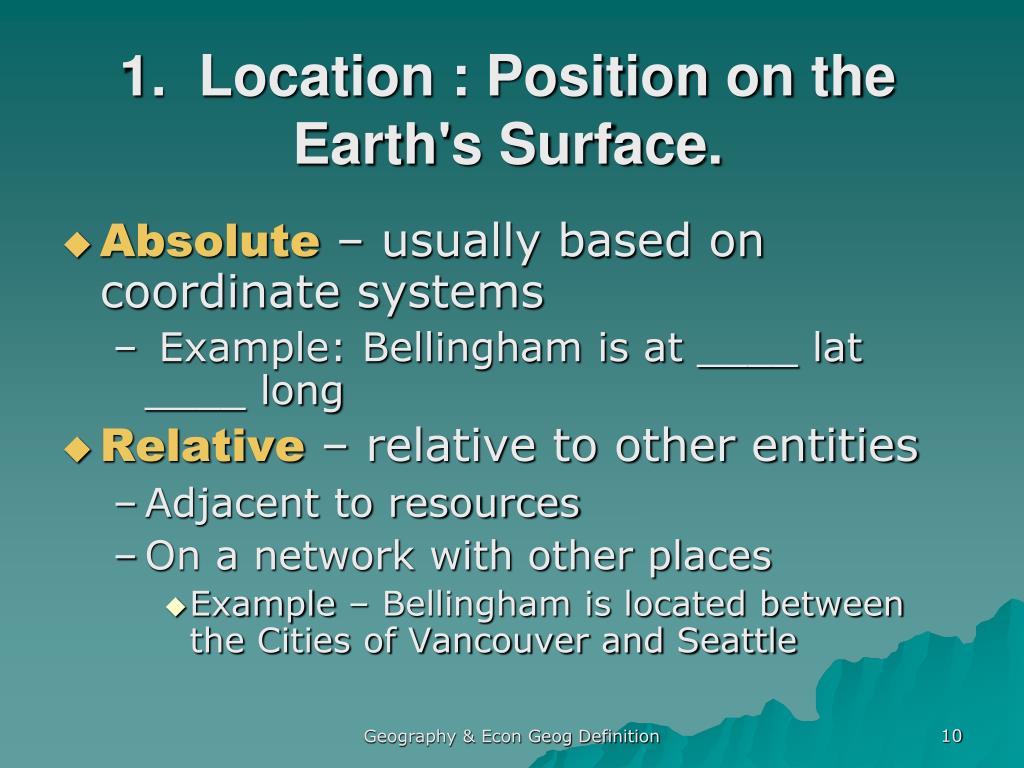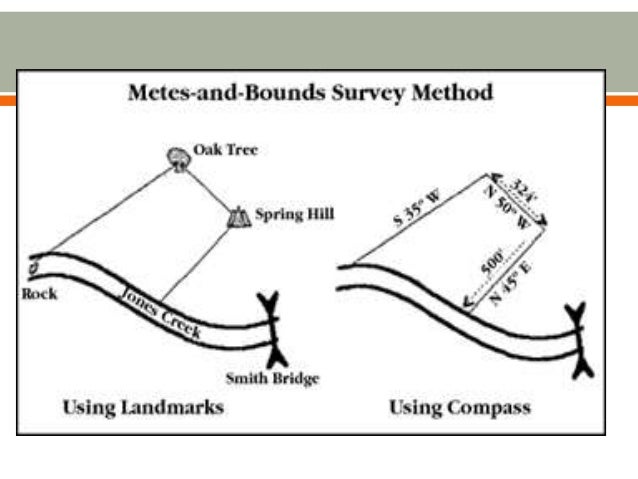
He published his studies under the title The Isolated State, and his conclusions are still being discussed and debated among geographers today. Using all the data he collected, von Thünen began to write about the spatial structure of agriculture. Von Thünen’s model helps explain the relationship between the cost of land and the cost to transport the crop to market. His attention to detail turned into a passion for a subject that still is of interest to economic geographers of today-the effects of distance and transportation costs on the location of productive activity. He owned a large farming estate near the German city of Rostock, and for more than 40 years, he kept precise records of his estate’s transactions. The agrarian revolution that accompanied the industrial revolution caught the eye of a German economist-farmer named Johann Heinrich von Thünen.

Who was Von Thünen and why is He Important to AP® Human Geography?Īccess to markets has been, and still is, a huge problem for farmers all over the world. This AP® Human Geography study guide will help you understand how his theory is used to explain agricultural land use and the changing spatial patterns in rural areas. However, the basic concepts of the von Thünen model are still valid. In the time since von Thünen, changes in communications and transportation technologies and progress in food preservation methods, such as refrigeration, have changed the significance of some of his theory’s variables.
Metes and bounds system definition ap human geography how to#
His significant contribution was that he was able to identify and explain the spatial elements that help decide how to use the land. Von Thünen analyzed these decisions based on the land’s physical characteristics and its position relative to market centers. Long before von Thünen came up with his model on agricultural land use, farmers all over the world made rational land-use decisions. Rather, it is almost always the result of logical human decisions. Rural land use is not a matter of chance. This study guide will help you understand this model and how it applies to the AP® Human Geography Exam. The von Thünen model was key to solving a big problem in his day-how to balance the cost of land with the best crop to produce. In the early eighteenth century, Johann Heinrich von Thünen designed one of the very first geographical models. It is also important to you because the effects of agriculture on the human population are an essential part of the study of AP® Human Geography.

You and I depend on agriculture to survive. Sections could be further subdivided into quarter sections and quarter-quarter sections.Agriculture is a fundamental economic activity that found in virtually every corner of our planet. Townships were subdivided into 36 one-mile-square sections. See the map below for states that used this system. The system (Public Land Survey System) divided land into 6-mile-square townships, which is the level of information included in the National Atlas. one sees that our farmland and towns have a square pattern. Township & Range: Flying over the western U.S. From the air it can be seen that land parcels are irregular in size and shape. This one is native to England and can be found in the original thirteen colonies. Metes and Bounds: This system uses physical features of local geography along with directions and distances to define and describe boundaries of land parcels. Most farmland was along rivers and the system created long rectangular plots of farmland to give equal access to the river. Long Lot System: This one was put in by the French and used in French regions of North America such as Canada and Louisiana.


The ones you need to know for APHG are on this page. The shapes evident in farmland and villages often have their roots in cadastral systems. Patterns of land use in rural areas can be seen from the air if you are flying in an airplane. Cadastral systems are land use and distrubtion systems.


 0 kommentar(er)
0 kommentar(er)
